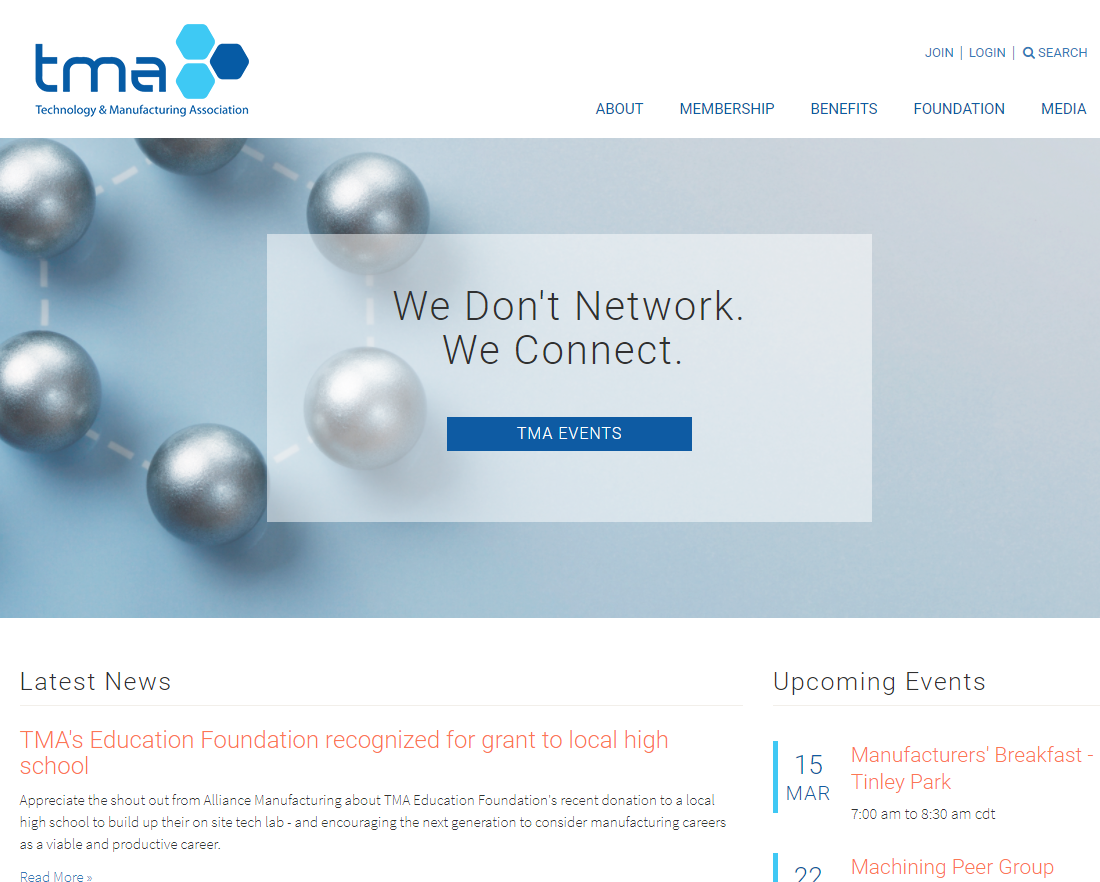7 Ways AI is being used in Manufacturing
TMA Media
August 21, 2018
Share

Monday, Manufacturing.net featured a major story on how Artificial Intelligence is being used in manufacturing – specifically food and beverage industries. The seven they listed included:
- Facial Recognition. AI applications for recognizing images can be used for security clearance to help companies better control access to their facilities. Additionally, the same type of technology that recognizes when an unidentified individual is trying to enter your building can also recognize if a potato chip does not have the perfect golden color.
- Error Detection. The same type of monitoring banks have been using for years to recognize account anomalies can be used by manufacturers to flag orders or purchases which are outside of normal patterns and indicate a possible error. The ability to “intelligently monitor” for potential liabilities means modern software can act as a watchdog and alert any abnormalities that we humans should investigate.
- AI and IoT. A system may be asked to spot anomalies such as early warning signs that an asset may be failing or may require maintenance. AI is also used to determine the seriousness of the flagged data points — such as if a technician should be dispatched or the line should be shut down due to imminent danger to workers.
- Personal Assistants for the Workplace. A foreman, technician, R&D technologist or quality control inspector can verbally inquire about relevant details — from batch ingredients, to inventory levels — without needing to type on a keyboard or handheld device.
- Machine Learning. Machines can “learn” from experience what data points are considered acceptable and which are “out of bounds” and need action. More data helps to refine projected outcomes and improve the accuracy of forecasts.
- Predictive Analytics. AI technology recognizes patterns, expands the knowledge base and discovers cause-and-effect relationships, using such insights to project the likely outcome or the next data point in the trend’s curve.
- Automation. Workflows can be established, which allow data points to trigger reactions, signal notices, create reports, flag instances for review, place re-orders, dispatch crews, reserve parts and update batch schedules or recipe formulations based on seasonal availability or the quality of ingredients — for example, the sweetness of fresh berries may mean less sugar should be added.
More interesting details are provided in Manufacturing News.


